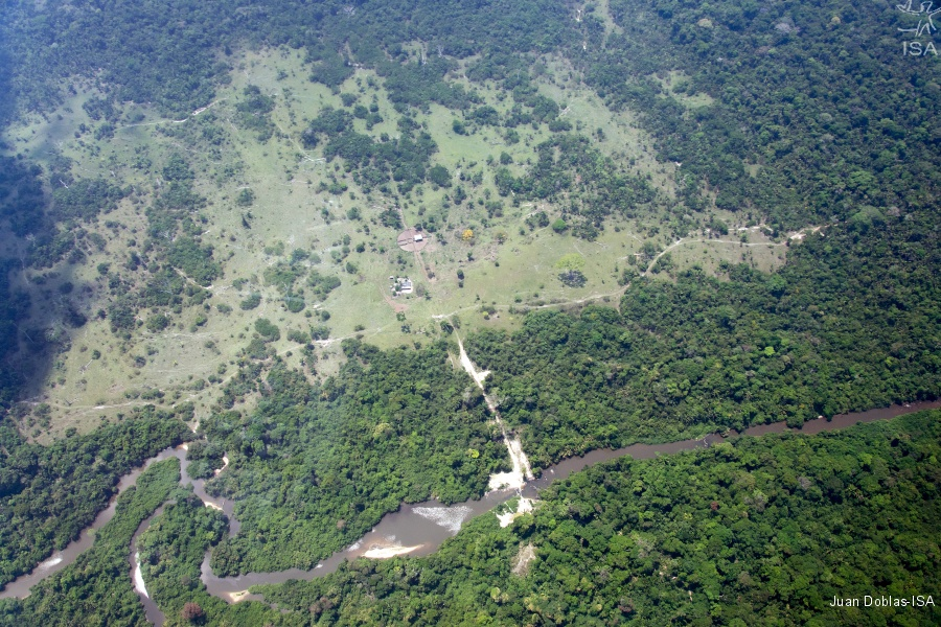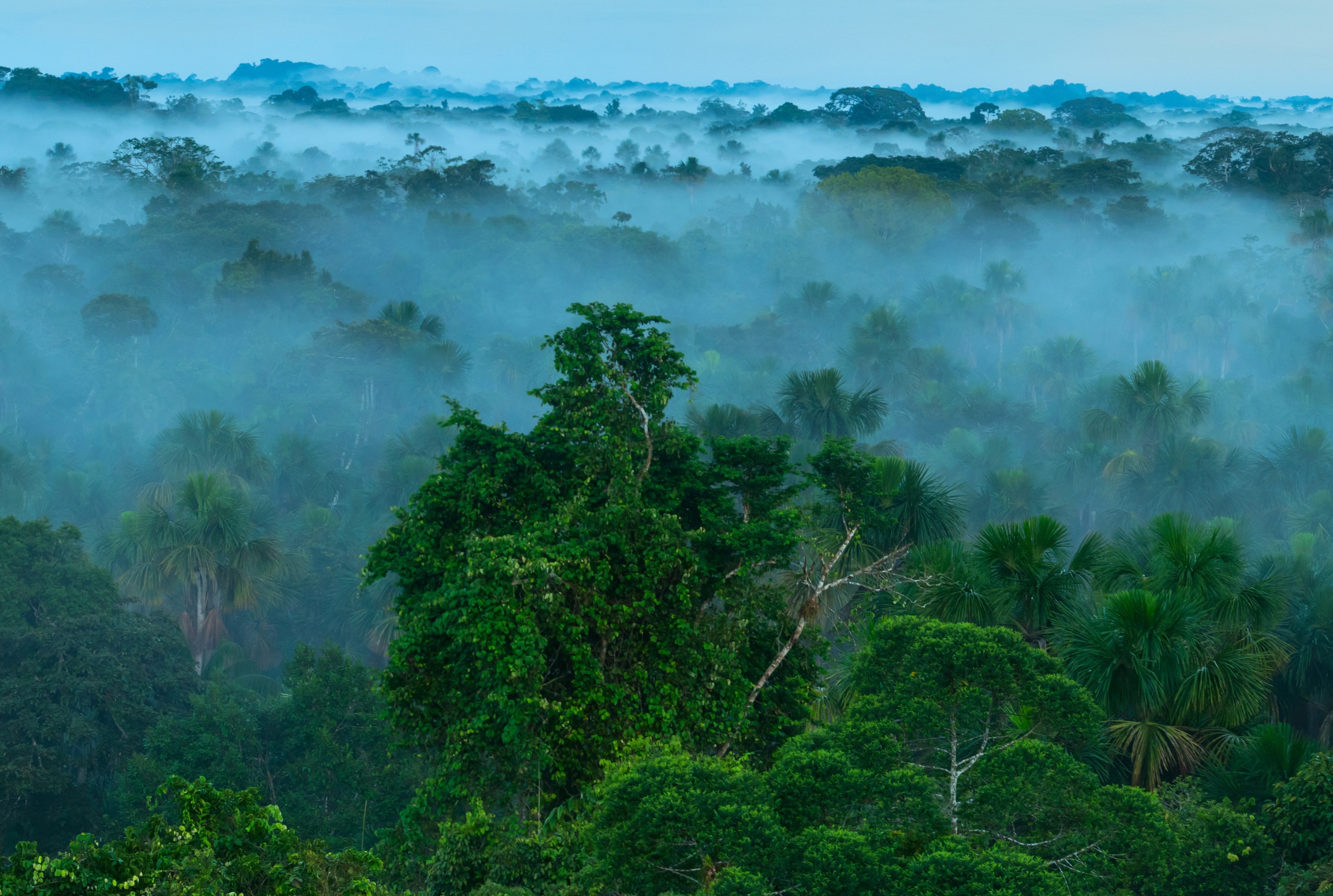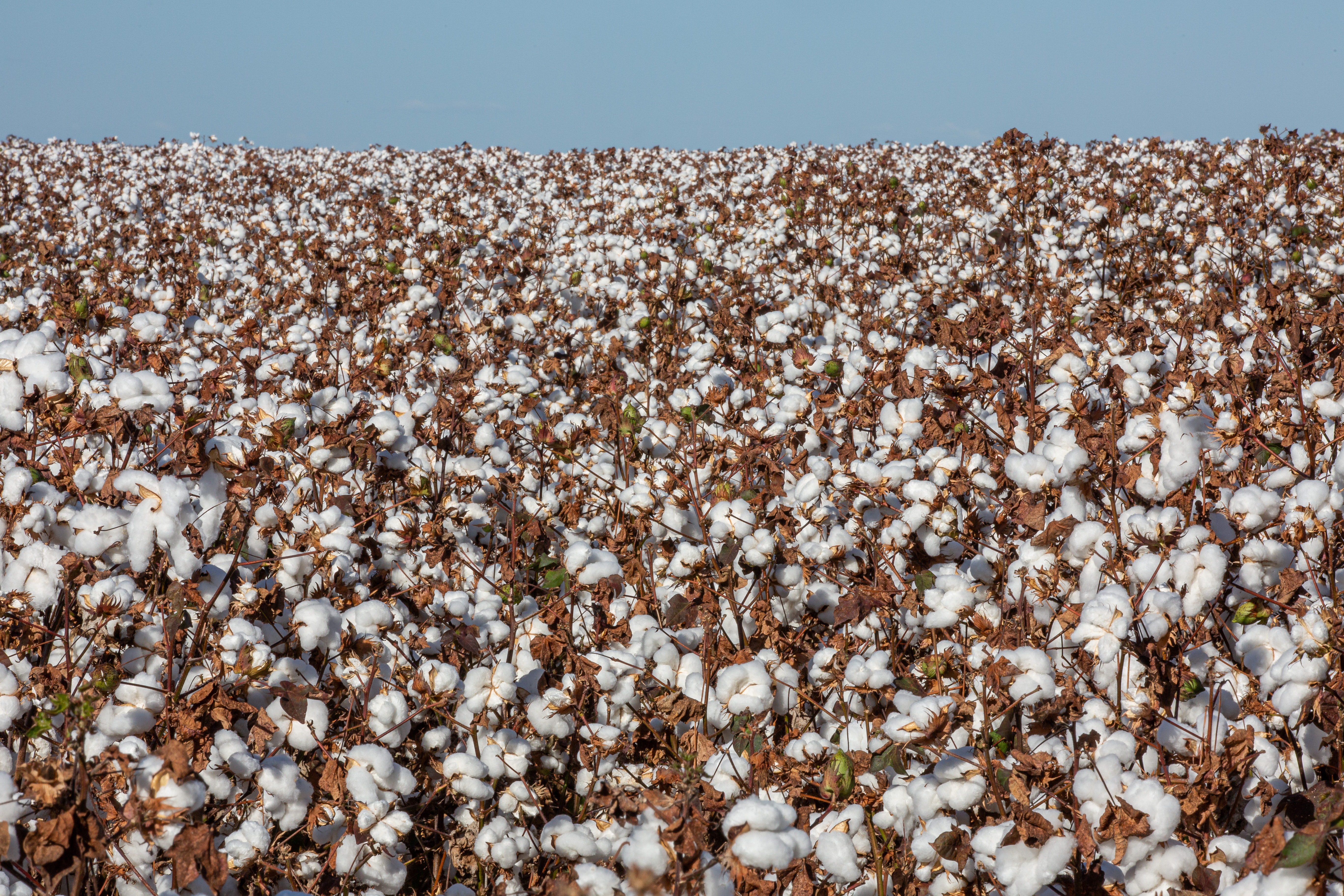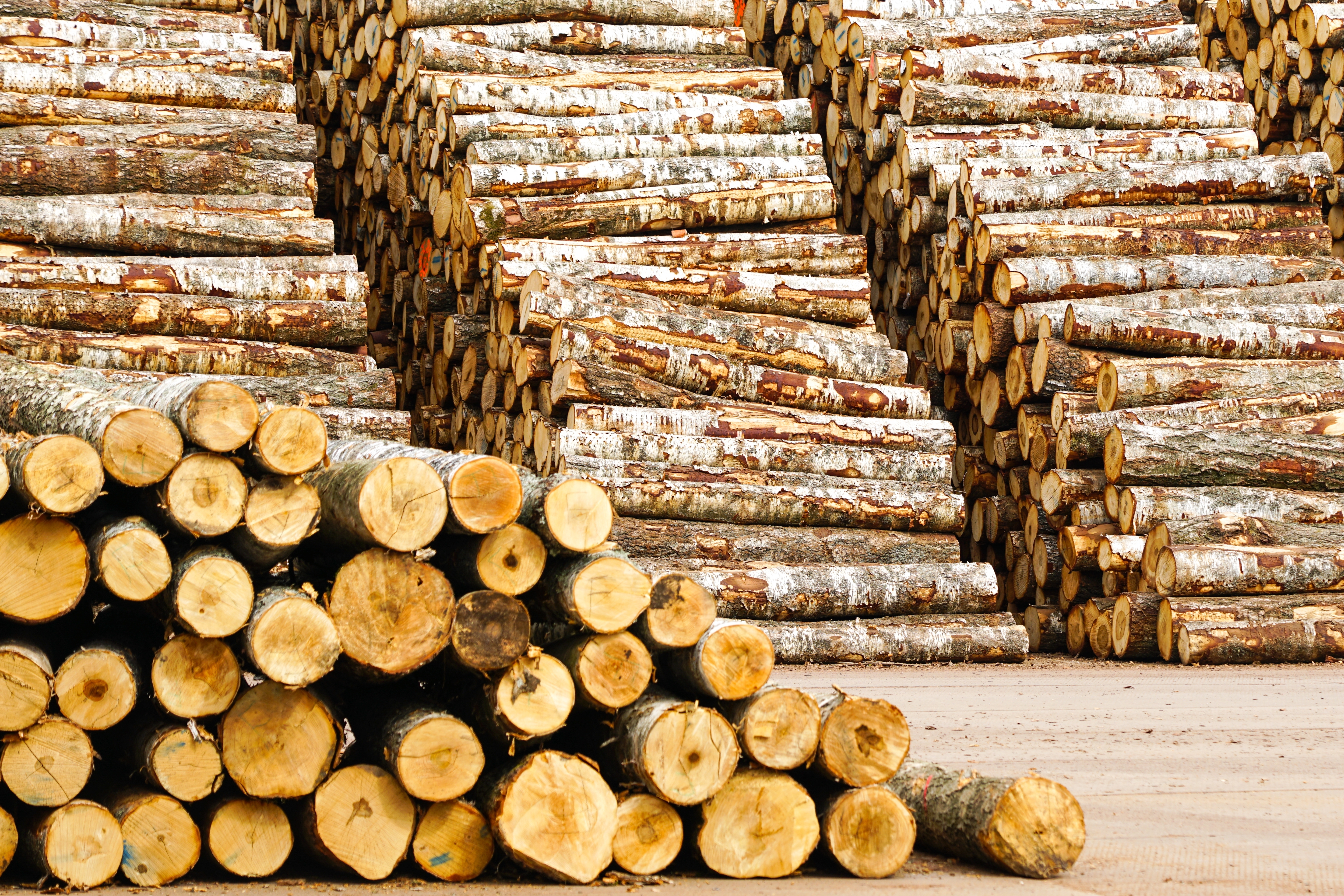
Deforestation at the APA Triunfo do Xingu. At the bottom of the imag is the Serra do Pardo National Park, a Federal Conservation Unit affected by the disordered occupation of the APA.
Increasing levels of deforestation in the Xingu river basin
in the Brazilian states of Pará and Mato Grosso have been connected to cattle
ranching, soy plantations and gold mining. Much of this deforestation has been
illegal and taken place within protected areas, according to analysis from a
Brazilian conservation NGO.
The Xingu river basin covers an area of half a million square kilometres and is home to several indigenous peoples and some of Brazil’s most important fresh water resources.
Analysis by Instituto Socioambiental (ISA),
found that the basin lost 34,000 hectares (ha) of forests between June and July this
year .
The Triunfo do Xingu Area of Environmental Protection (APA)
alone has lost over 14,000ha of native vegetation since May.
Although private land use is allowed within APAs, the areas
licensed at Triunfo do Xingu are insignificant compared to the scale of forest
loss, making most of this deforestation illegal.
In an interview with Brazil’s Instituto Humanitas Unisinos,
Juan Doblas, ISA’s geoprocessing coordinator, said that much of the recent
conversion of forests to pastureland in the Xingu basin has taken place within
protected areas and is sustained by cattle laundering practices.
“Ranchers invade forested areas, fell the trees, put cattle there and then sell the land illegally,” Doblas said.
Although slaughterhouses usually demand documents that prove that livestock comes from legal farms, it is easy to subvert the system.
According to Doblas, “cattle is often raised in
illegally deforested areas, but are sold as if they came from legal ranches”.
Doblas recognised that even for willing slaughterhouses it
is challenging to monitor their supply chains effectively due to widespread
falsification of permits, which allows ranchers to launder their illegal
cattle.
According to Doblas, some municipalities in Pará have deforested 95% of their territory to accommodate cattle.
“Cattle
ranchers see [the basin] favourably because it is an enormous area of protected
forests with very little enforcement”, Doblas said. Indeed, the Triunfo do
Xingu APA has lost over 350,000ha of tree cover since it was created in 2006.
The expansion of illegal pastures in the area continues to take place despite the commitment made in 2009 by slaughterhouses in Pará to avoid sourcing cattle from illegally deforested areas. Doblas points to a lack of buy-in. “Half the slaughterhouses in Pará have not signed up to the agreement.
This means that around 30% of livestock in the state is not
being properly traced”. In addition, conservationists have complained of lack
of enforcement and the absence of tough penalties for violations.
While illegal ranching mostly takes place in the state of Pará, soy plantations have put pressure on protected areas in Mato Grosso.
The main concern here relates to a recent drive to build infrastructure for more efficient transportation of soybeans from farms to ports and processing facilities.
New roads, railways, waterways and export terminals threaten protected areas as they allow easier access to previously unprofitable lands.
“The recent pavement of BR163 (a motorway connecting Mato Grosso to ports in
Pará) has led to increased deforestation because it has expanded the scope for
soy cultivation in the area”, Doblas said.
For local indigenous peoples, the challenge is to have their
territories officially recognised and protected. Doblas emphasises the need to
conclude demarcation processes of their lands and effectively monitor protected
areas.
In Brazil’s current political climate, this may prove challenging. The powerful agribusiness lobby in congress continues to work to undermine indigenous protections and land demarcation efforts.
Millions of
hectares of protected areas have been downgraded, reclassified or declassified
in recent years. Since 2012, when changes to the Forest Code weakened
environmental protections, annual deforestation rates have increased by 37% from preceding years.



